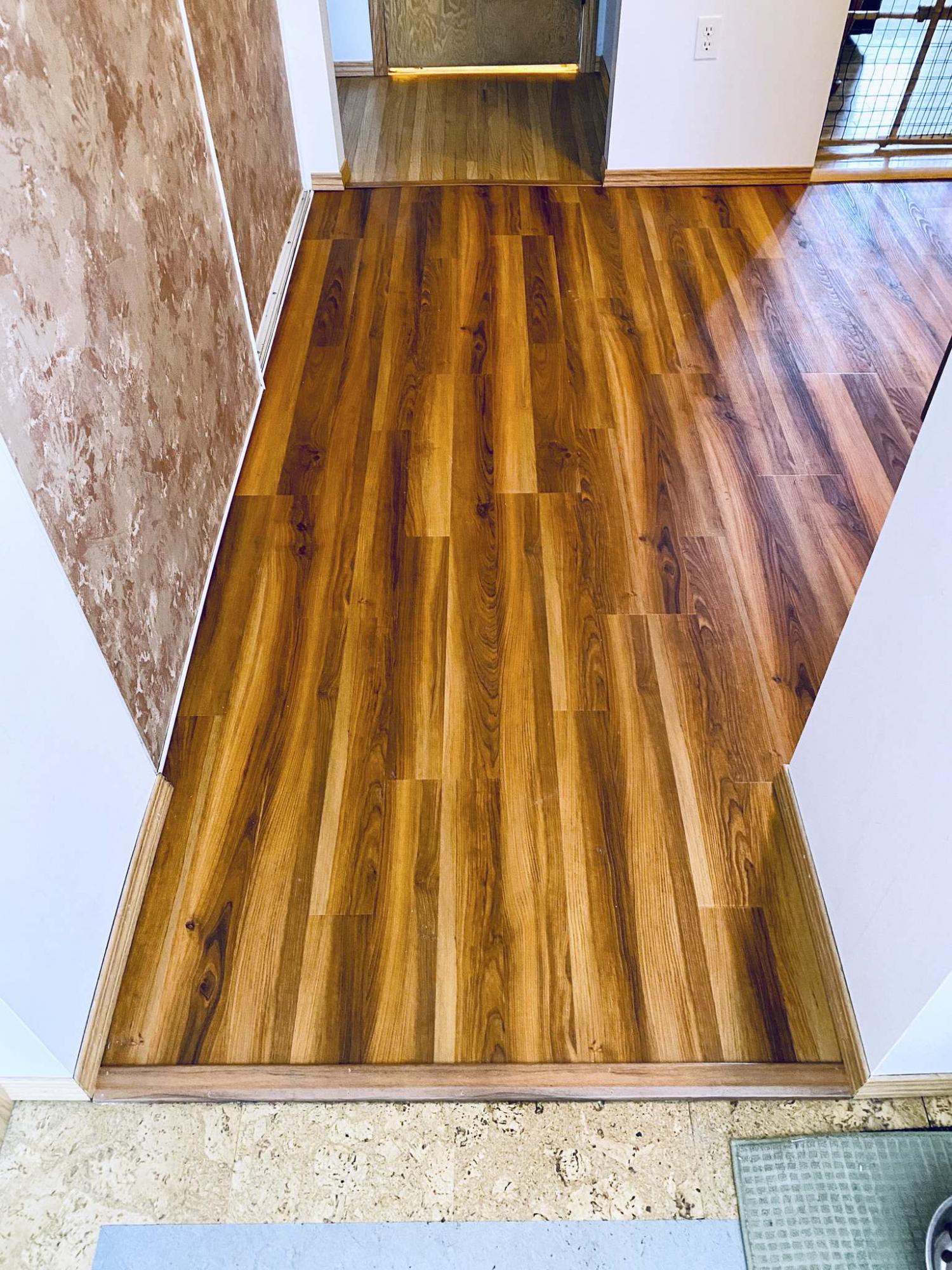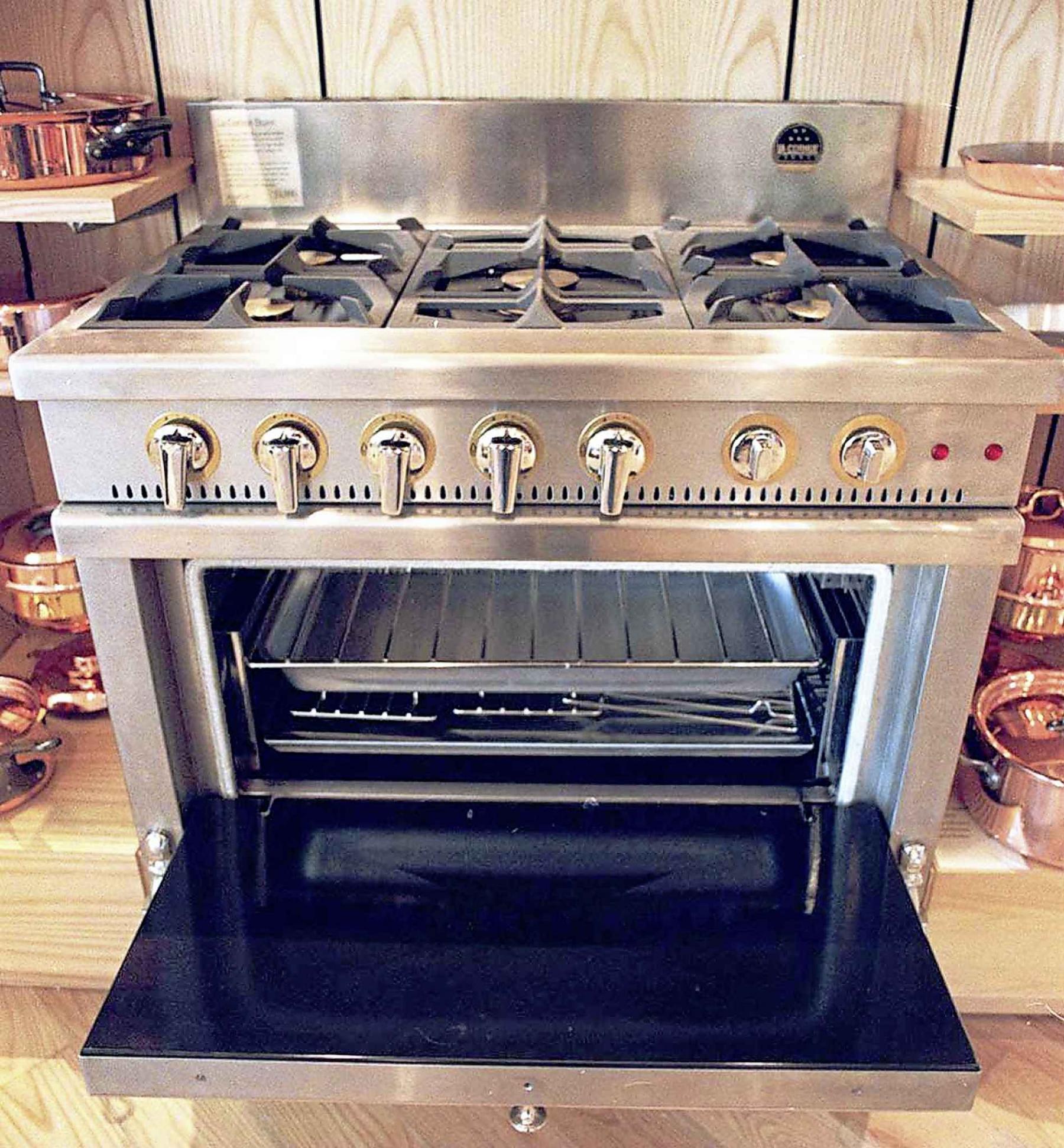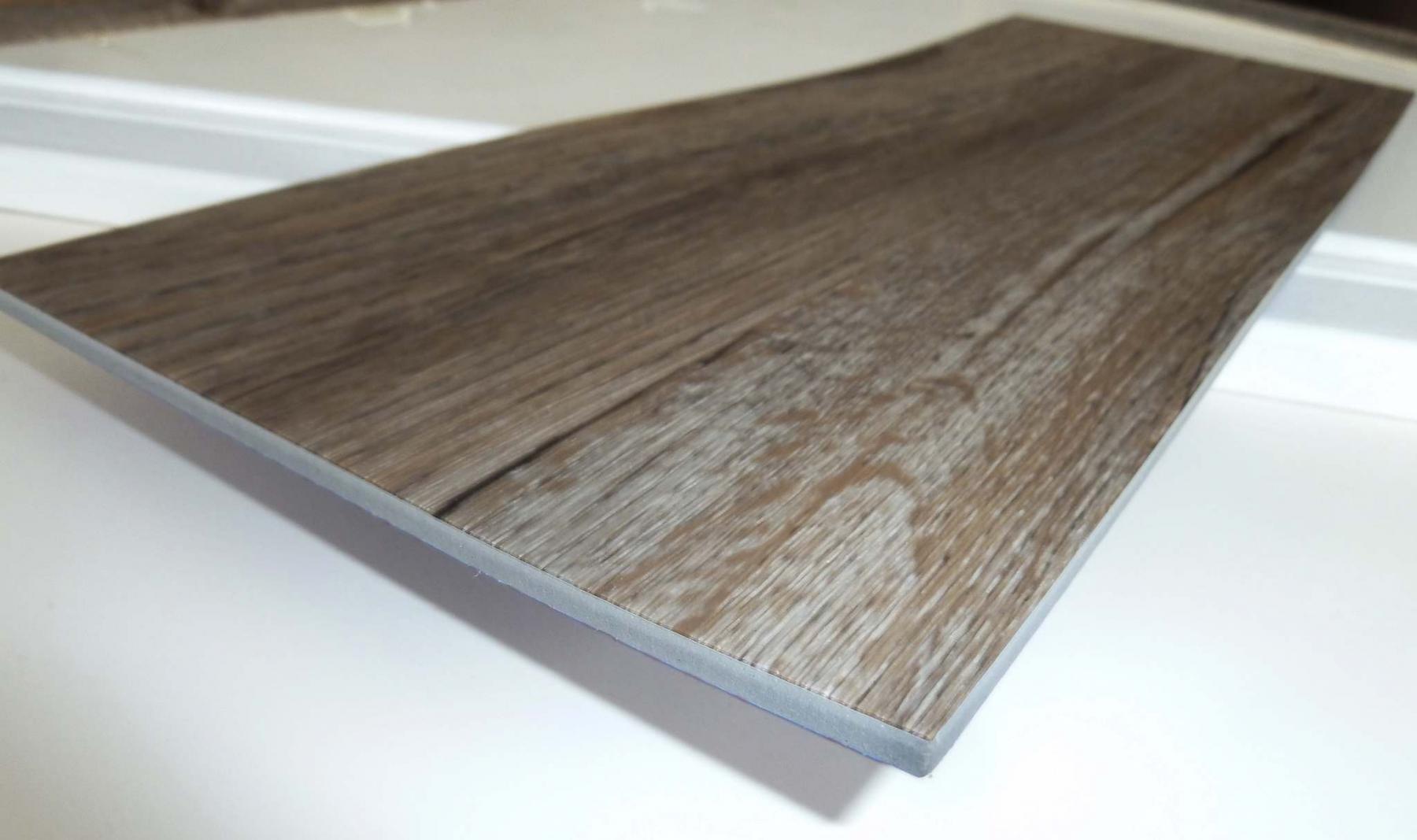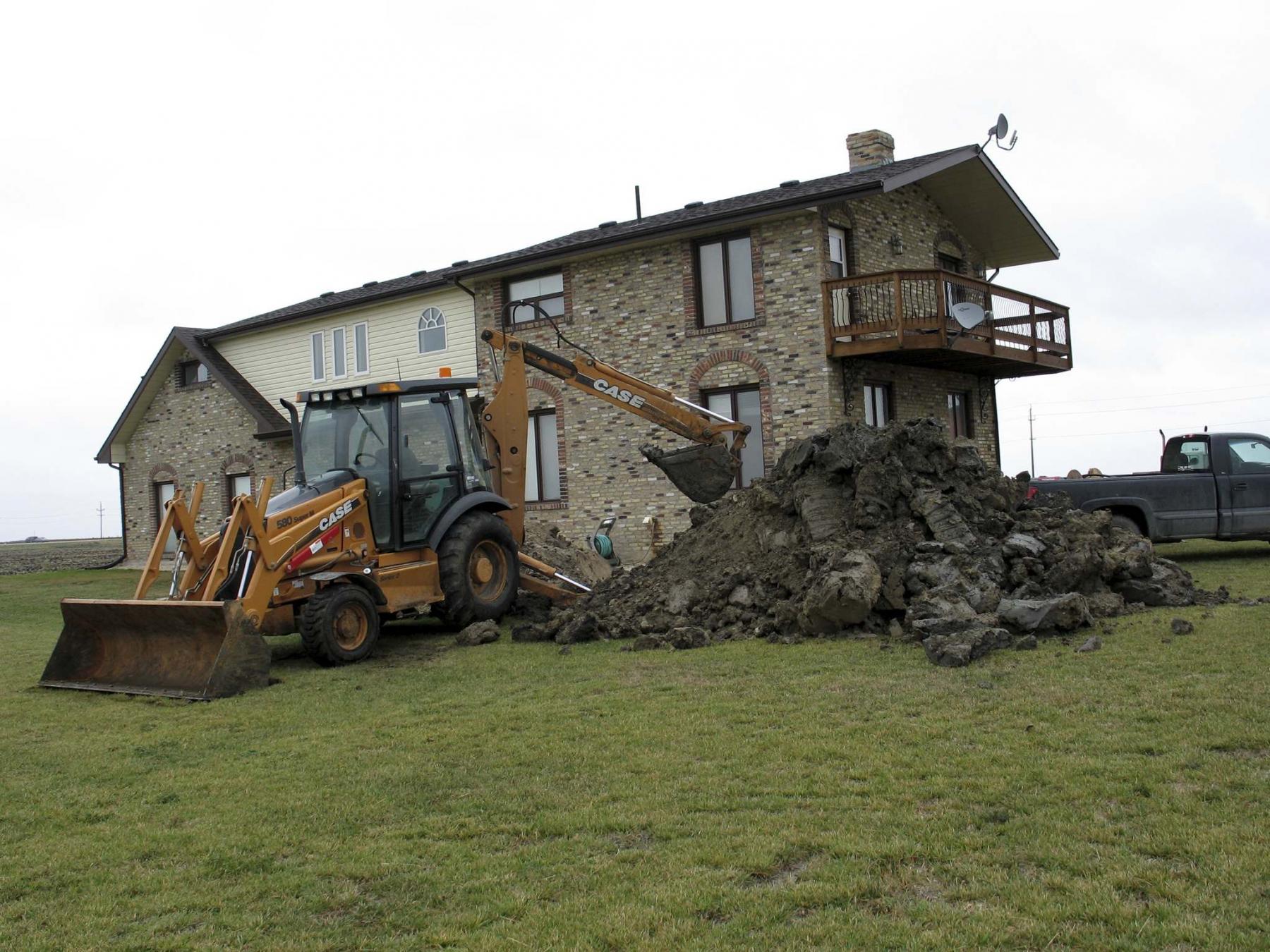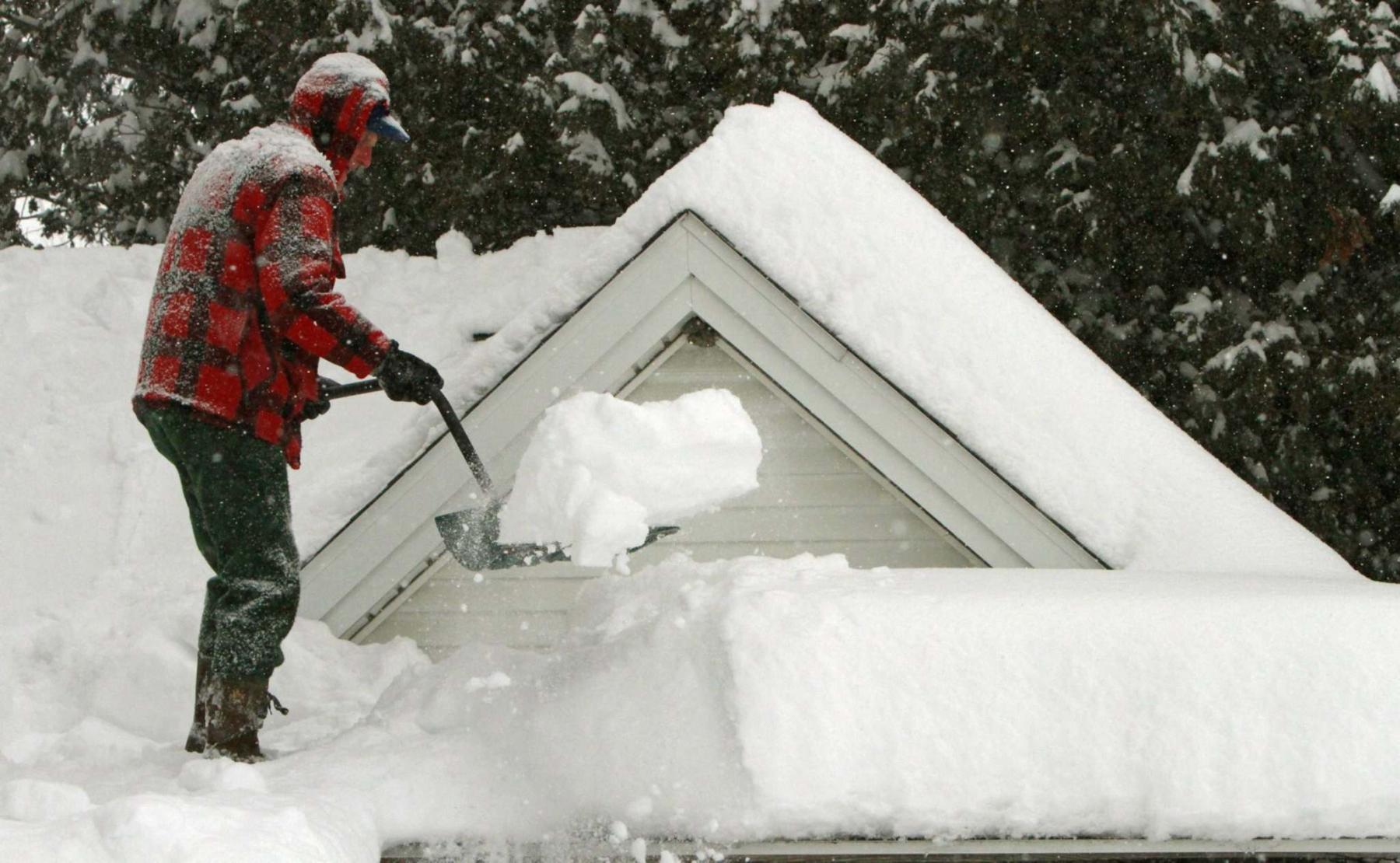Renovation & Design
Renovation & Design
Sealing chase at top of building enclosure should stop moisture
Question: I have a question about what to do about moisture collecting on the underside of the metal cap of my false chimney chase. The entire chase has insulation and vapour barrier, but it would be considered a cold zone. Where it penetrates the roof, there in a piece of R10 rigid foam board, which is screwed and tuck taped to the framing, basically sealing off the upper portion above the roof line.
The problem happens every winter, when a small amount of moisture-laden air enters the chase above the roof line. This moisture collects on the cold chimney cap in the upper part of chase, which turns to frost. When the temperature warms to about -5C and the sun is out, of course the frost melts and you can hear water droplets falling on to the rigid foam below.
I know its not a lot of water, because I can access the bottom of the chimney chase, and I see a small puddle which eventually dries up. But, I want to fix this once and for all.
First I would remove the metal cap and spray foam on the underside to stop the frost from forming. Secondly, I would put a static vent on the cap cover to allow the moisture to escape.
Do you think a regular roof vent would work if I screw and silicone it down to the chase? I should mention that the chimney is for esthetics only, and is part of the house design. Thanks, Arny.
Answer: A small amount of moisture from frost buildup inside your open chimney chase may be a minor inconvenience, but can be difficult to prevent without air sealing additional areas. While insulating the underside of the metal cap may help somewhat, concentrating on sealing the chase before it leaves the building enclosure may be more successful than trying to vent the top of the chase, itself.
A small amount of moisture dripping onto a piece of waterproof foam insulation in the attic, or at the roofline, a couple of times each winter should not be a major concern. Regardless, I commend you on trying to find a simple solution to this problem. To fully address this issue, you must understand the forces that create this stack effect in your home.
The stack effect is the name given to the natural airflow inside a building enclosure, due to warm air rising. Inside your chimney chase, which is a true stack, cold air may leak into the bottom from the basement. The heat generated by the gas fireplace, and the central heating system in the home, will warm this air, forcing it up the inside of the false chimney. If there are any air gaps at the top of this area where it enters your attic, which is likely, the warm air will continue upwards. It will start to cool as it makes its way through the cool attic and if it still has enough heat energy it will leak into the chase above the roofline. This is where you are seeing the results, frost and condensation.
To prevent the stack effect from occurring, ideally the chimney chase should be well sealed at the bottom and the top. This will prevent air leaking into the cavity, while the sealed top will stop air movement, because it will have no where to escape the sealed enclosure. Adding a vent to the chimney cap, or chase above the heated home, may actually increase air movement, causing more frost buildup. It may help vent the small amount of water dripping onto the rigid foam once the weather warms, but that water may increase in volume.
A better solution is to try and stop the air movement before it leaves the heated building enclosure. Installing another couple of layers of rigid foam, or blown-in high density foam, inside the chase at the floor of the attic should work better. This will require crawling into the attic and cutting open the chase, but may yield a better result.
Adding a passive vent to the top of your false chimney chase may do little to prevent your frost and dripping issue. Sealing the chase at the top of the building enclosure, which is the attic floor, should go much further in preventing warm air intrusion, which is the root cause of the melting and dripping frost.
Ari Marantz is the owner of Trained Eye Home Inspection Ltd. and the past president of the Canadian Association of Home & Property Inspectors — Manitoba (cahpi.mb.ca). Questions can be emailed to the address below. Ari can be reached at 204-291-5358 or check out his website at trainedeye.ca.
trainedeye@iname.com
Renovation & Design
Cleaning ink off leather may not be neccesary
Question: How do I remove ballpoint ink off a white leather chair?
Answer: The safest solution is to do nothing — ballpoint ink on leather often fades on its own, over time. If you do not want to wait, apply a small amount of dish soap and water onto the area, this may be all you need to get the job done. Whenever attempting to clean leather, you should always test cleaners on an inconspicuous area first. Over the years, readers have had great results getting rid of ink stains by using non-bleach, non-gel toothpaste, shaving cream, hairspray, Goof Off, Goo Gone, Sunlight bar soap, mosquito repellent containing DEET, saddle soap, Windex, Calvin Klein Obsessions cologne or Axe Body Spray. Discontinue application if leather dye begins to fade. Another favourite leather cleaner and renewing product is Urad (available online).
Question: What is the fastest way to ripen an avocado? Thanks, — Robyn
Answer: Wrap the avocado in foil and place it on a baking sheet. Preheat your oven to 95C and bake for 10 minutes (or until the fruit is soft). Put the fruit in the fridge until ready to use.
Question: What is the best way to clean brass? — Helmet
Answer: While some people use ketchup or A1 Steak Sauce, as their number one go to for brass, I have found that WD-40 is the most effective cleaner. Spray the brass, leave for 10 minutes and polish. After cleaning, apply a thin coat of wax to the brass to prevent it from tarnishing as quickly.
Question: I need a laundry stain remover solution using vinegar, water and baking soda. Thanks. — Lynne
Answer: Here is a spot remover that you can use to pre-treat stains as well as several other machine washable, colourfast fabrics. Into a spray bottle combine 2/3 a cup ammonia (or vinegar), 2/3 cup of Dawn dish soap, 1/4 cup baking soda and two cups of warm water. Spray fabric and wash with heavy-duty detergent. Or boil fabric in 10 cups of water and one cup of washing soda. Boil for five minutes and hang outside to dry (test on inconspicuous area first).
Clever ideas
â I use an old round CD holder to carry my bagels when I pack my lunch for work. It comes with a lid, and it’s the perfect size.
— Marvin
â To prevent strawberries from rotting, I wash them in four parts water and one part white vinegar. Dry them thoroughly with a towel. They will last for a long time.
— Hilda
â The easiest way to clean crumbs and dust that falls between the keys on your keyboard is to run the sticky part of a Post-it Note between the keys. The dirt actually sticks to the paper.
— Blossom
â Grind up one cup of uncooked rice in a coffee grinder to clean the grinder and sharpen its blades.
— Alex
â To get rid of the hiccups, I take a breath and hold it for 10 seconds. Then without letting that breath out, I take another breath and hold it for 10 seconds. The hiccups disappear. Of course, this should only be used if you don’t have any medical conditions.
—Rose
Note: Every user assumes all risks of injury or damage resulting from the implementation of any suggestions in this column. Test all products on an inconspicuous area first.
Have a great suggestion or tip? Please send an email at: reena.ca. Reena Nerbas is a popular motivational presenter for large and small groups; check out her website: reena.ca.
Renovation & Design
Recurring ice problems remedied by adding or relocating downspouts
Question: In winter, the sidewalk that leads to my front door, as well as the porch in front of the front door, becomes incredibly icy. I asked my handyman to take a look and he said that the problem has to do with the fact that there’s only one downspout serving the whole front of the house, which is a design flaw. The downspout is on the right side of the garage.
Do you think that having one or two additional downspouts would solve the problem, and can you recommend a company that can do this? A friend suggested having heated wires in my eavestroughs to help melt the snow and ice. Would that solve the problem?
Thank you, Choo
Answer: Icy sidewalks, driveways, and other areas around a home can be a serious safety issue, but may be solved by relocation or adding downspouts, combined with regrading. Water management is important for several reasons and attention to the details may help prevent the icy conditions you are experiencing.
Ice buildup near your home is likely a function of a few items to do with water management. Since it appears you have an attached garage on the front of your home, which is a common design in newer developments, this may be one of the issues. Because the garage may have the driveway and sidewalk directly adjacent, it may be somewhat difficult to properly discharge the rainwater and snow melt from the roof away from these areas. Often, the builder will simply ignore the front corner of the garage when installing downspouts for roof drainage. This may be done in an attempt to prevent it discharging directly onto both surfaces, preventing ice buildup, but may also create a problem elsewhere.
Depending on the design of the roofs on your home and garage, installation of eavestrough downspouts should be attempted at each corner of the building. This should be done to evenly distribute the runoff, while preventing ponding in one or two areas, or poorly draining locations. Also, if there are various heights and angles to the different roofs, installing downspouts near all building corners will be ideal.
While the garage may be responsible for much of the water dumping on your sidewalk and causing the ice, the eavestrough system on the house may also play a part. Inspecting those troughs to see where they terminate may also provide a solution. Often, upper roof downspouts will be installed to terminate directly onto a lower roof, possibly your garage. If this is the case, much of that water will also find its way into the offending downspout, increasing the amount of water for ice formation. Using heating cables inside the troughs should be unnecessary, and may simply be a waste of money and energy.
The next item to address is grading of the soil adjacent to the foundation, home, and sidewalk/porch areas. Check the soil surrounding the house to see if it is level or higher than in the problem area, which can occur from erosion where the downspout terminates. If that is the situation in your home, regrading to raise the soil around the sidewalk and porch should help shed water away. This can be done by spreading topsoil and grass seed if the lower area is part of the front yard. If it is depressed adjacent to the house or garage foundation, where grass or vegetation may not be planted, installing a combination of soil, sand, or decorative stone may help improve the runoff from the nearby downspout.
Water management in two main areas, eavestroughs and grading, may help minimize the ice problems you are experiencing on your sidewalk and front porch area. This will likely include adding or relocating downspouts, but may also require some regular maintenance to the soil adjacent to your home and garage foundations, as well.
Ari Marantz is the owner of Trained Eye Home Inspection Ltd. and the past president of the Canadian Association of Home & Property Inspectors — Manitoba (cahpi.mb.ca). Questions can be emailed to the address below. Ari can be reached at 204-291-5358 or check out his website at trainedeye.ca.
trainedeye@iname.com
Renovation & Design
No need to remove existing attic insulation prior to upgrades
I have a home built in 1950 with just two inches of what I believe is rock wool, wrapped in a waxy paper, in my attic. To pull this out and install a continuous vapour barrier and then re-insulate with fibreglass would be a lot of work. I am wondering if it would be wise to just place the fibreglass batts over the existing insulation, and then use an oil-based paint on the ceilings to create a vapour barrier. What would you suggest? Thank you— Pat McDonnell
Answer: Adding more insulation to an existing attic, which doesn’t have a traditional polyethylene air/vapour barrier, may not require major work prior to re-insulation, as long as a few precautions are taken. If done properly, adding more insulation may be a very straightforward process.
In most homes with conventional attic spaces, even ones as old as your home, increasing the thermal insulation in your attic should not require a lot of work prior to the upgrades. Having a well installed and sealed air/vapour barrier, as in newer homes, will be secondary to the benefits of the added insulation. Since the ceilings of the home, underneath the attic, likely have numerous coats of paint they may be moderately well air sealed already. Also, the paper backing on the existing older insulation may provide a reasonable air barrier, especially if it is continuous, secured to the ceiling joists, and not in deteriorated condition.
Where this model fails to provide adequate protection is at the tops of the partition walls, light fixtures, ceiling cracks, or any other protrusions into the attic from the living space. If you really want to help prevent excessive warm air and moisture from accessing your attic after re-insulating, then these areas could be addressed. That will require locating the potential problem areas and partial removal of the existing insulation in those locations. The tops of the wall plates, light junction boxes, bathroom fan housings, and other areas of concern could be individually sealed. This could be done by covering these areas with a few inches of spray-on foam insulation, rigid extruded polystyrene insulation, 6MIL polyethylene sheathing and acoustical sealant, or a combination or all these materials. Individually addressing these most problematic locations may prevent the majority or air intrusion, as little should be able to penetrate the majority of the ceiling areas covered with plaster and paint.
While air sealing may be one important factor to consider when adding thermal resistance to your attic, the type of insulation is much more critical. One reason that the existing rock wool insulation is covered in waxy paper is because it does not provide any inherent resistance to air or moisture by itself. This is also true of most types of fibreglass insulation. Fiberglass batts may slow the movement of air, but will not prevent much of the air leakage by itself. Blown-in fibreglass may be even worse, which is why neither type is the ideal product to add to an older attic lacking full 6-mil poly underneath. While spray-on foam is the most air resistant, it may not be cost effective and will require much more work in removal and discarding the existing rock wool. A much more reasonable alternative to both of these types of insulation is cellulose fibre insulation.
Cellulose fibre may be the best choice for most older home attics for two main reasons. The first reason is that it is roughly the same cost as blown-in fibreglass insulation, so will be more affordable than spray foam. The second reason for its superiority to fibreglass is that it does significantly stop air movement over time, provided enough thickness is installed. This second property is why it should be chosen for your home, and blowing it in over top of your existing paper-backed insulation should allow excellent coverage. An added benefit is that it is made from recycled newspaper, so it is much more environmentally friendly than other forms of insulation.
One other consideration before upgrading your insulation is to ensure this added thickness of thermal resistance does not cause any new, undesirable affects in your attic or home. Too often adding insulation without additional ventilation and eave protection can lead to frost buildup and moisture issues, after completion.
Installing insulation stops/air chutes at the perimeter of the attic should be done to prevent problems in those areas. Because the insulation will not be as thick in those areas, due to the low hips and sloped roof, care must be taken to prevent the new insulation from touching the underside of the roof sheathing at the eaves. Adding insulation stops, which double as air chutes for any existing soffit vents, around the entire attic perimeter should ensure this problem is minimized. Having a roofer install additional roof vents near the peak of the roof, as soon as weather allows, will also help prevent condensation in the rest of the attic, which should be much cooler in the heating seasons after the upgrades.
There should be no need to remove the existing paper-backed thermal insulation in your older attic prior to upgrades, as long as you follow a few guidelines. Installing insulation stops around the perimeter of the attic, and additional roof and soffit vents if possible, should be all that is required prior to installation of blown-in cellulose fibre insulation, rather than your proposed fibreglass batts.
Ari Marantz is the owner of Trained Eye Home Inspection Ltd. and the past president of the Canadian Association of Home & Property Inspectors — Manitoba (cahpi.mb.ca). Questions can be emailed to the address below. Ari can be reached at 204-291-5358 or check out his website at trainedeye.ca.
trainedeye@iname.com


